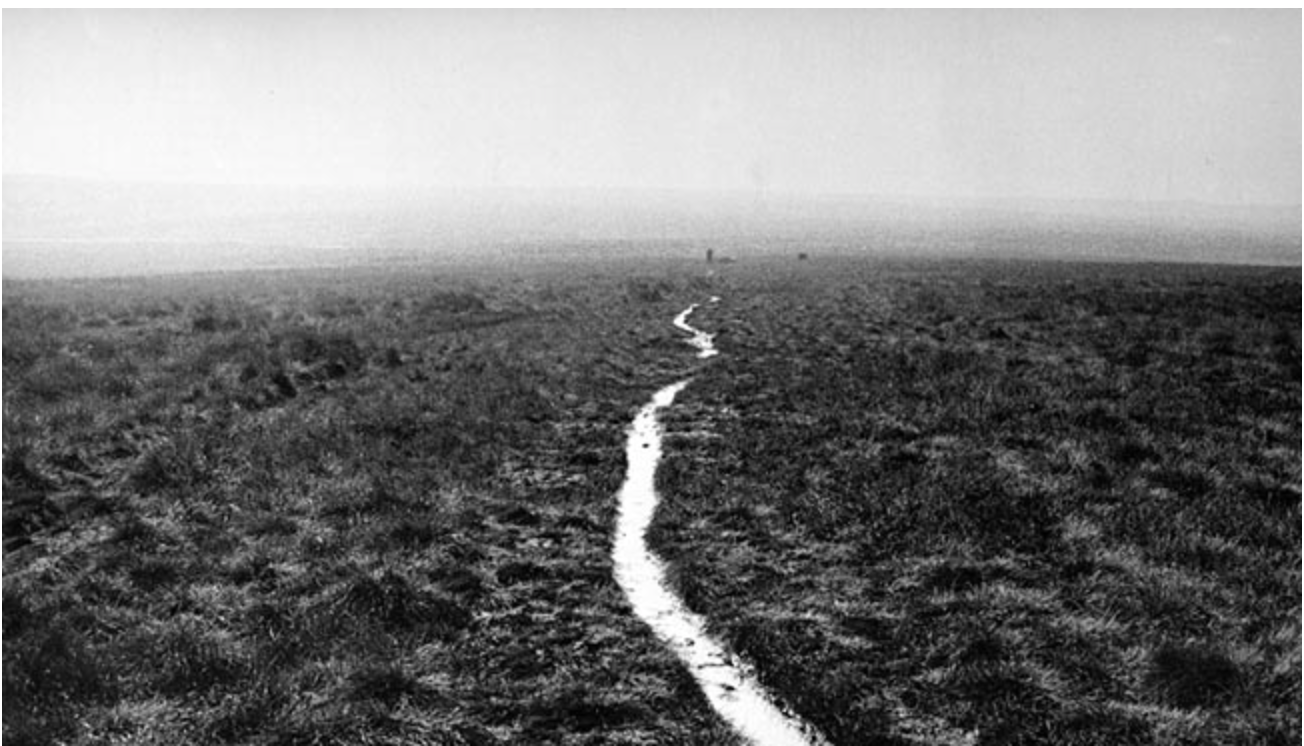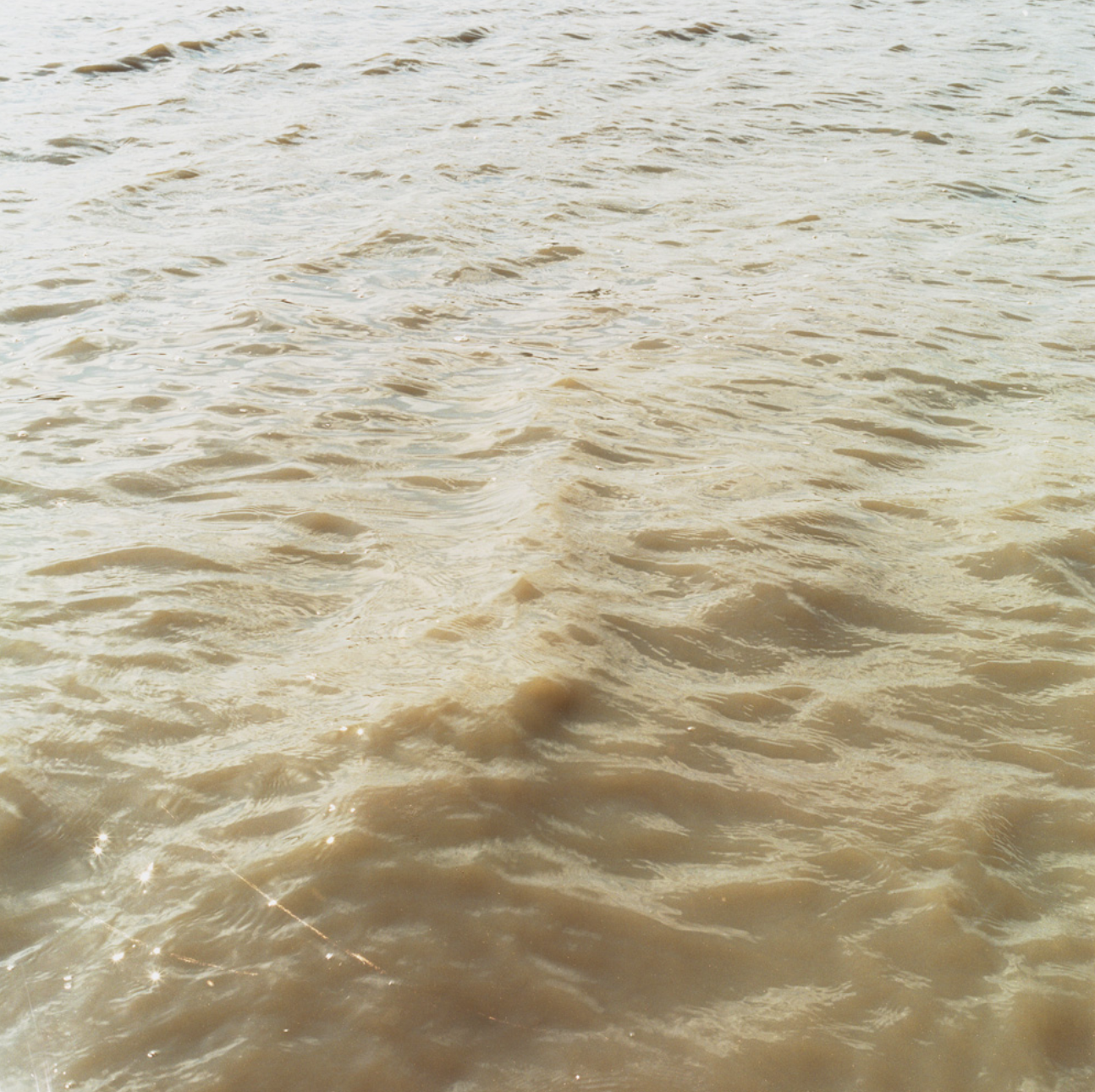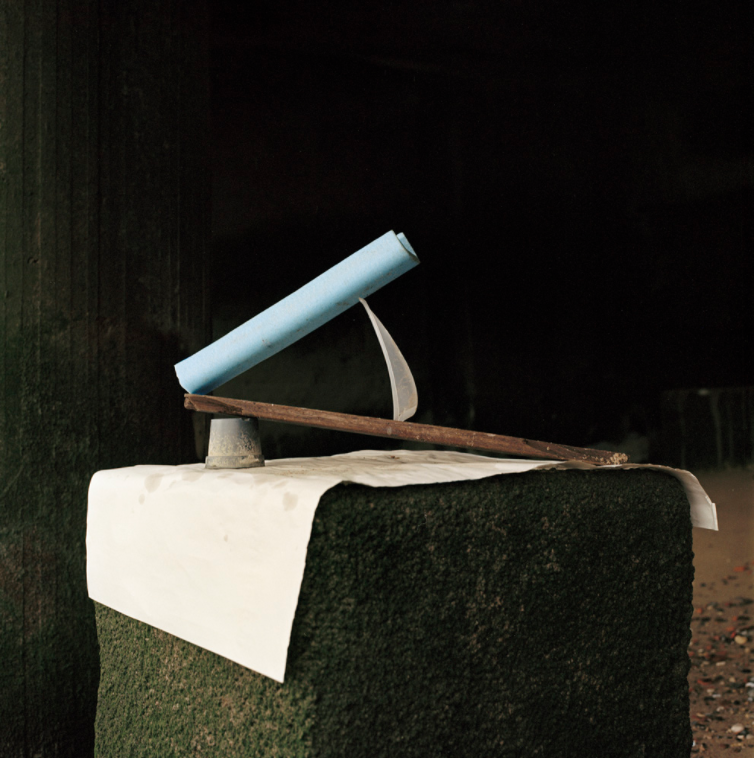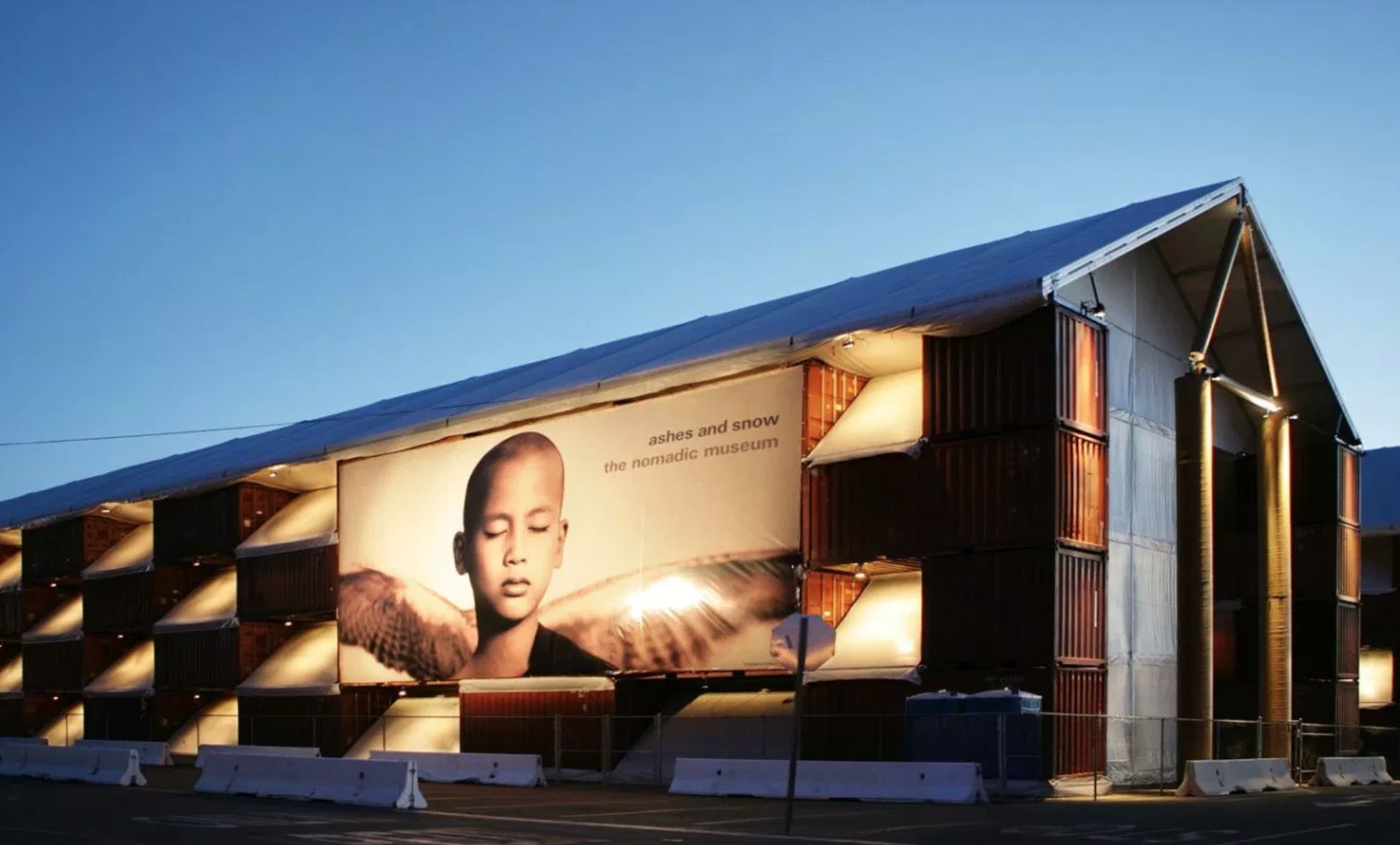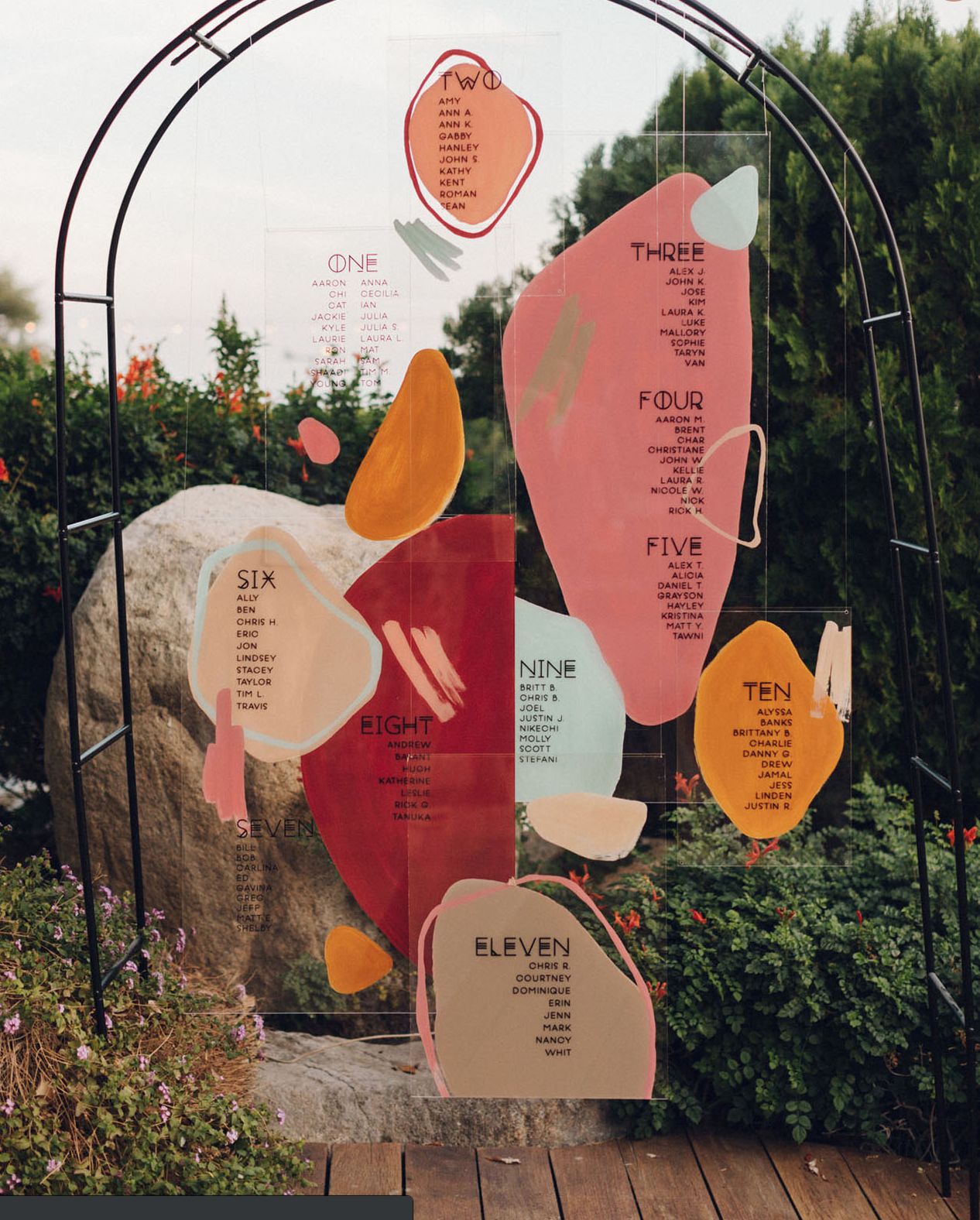"But first and foremost, Learned from Whitman that the poem is a temple - or a green field - a place to enter, and which to feel. Only in a secondary way is it an intellectual thing - an artifact, a moment of seemly and robust wordiness - wonderful as that part of it is I learned that the poem was made not just to exist, but to speak - to be company." - Mary Oliver, Upstream, 2016
Much like Oliver, I believe this to be true of photography, its process and the power of the final photograph. It's not just an object to look at; they are moments of exploration reflection and can be good company when hung on the walls of a home where they will live a long life and hopefully remind you of a time exploration, or even introduce you to a new world where you find connection and to yourself and others.
In particular, this project, You Will
Find Us On The River, embodies connection with self land and the friendships and bonds formed between women.
As a group of six women, we spend seven days on the river, disconnected from our daily lives, no service, just each other and a map to guide us down the river. Without the influence of everyday life, this lets us explore our connection to the land and water that majestically surround us. As we float further down the river, the canyon walls grow taller, we become smaller and reflect on not only the wildness surroundings us but the wildness within ourselves and how that can easily be forgotten, making it harder to listen to what is inside. However, this project, which is still a work in progress, aims to explore the process of reconnecting to the inner self and how the land helps us to do that, and by having a better understanding of self, we are better equipped to connect to others and form bonds that will last a lifetime.





























